Help? Need advice on how to add vinyl to a wash able bed Pad...

Need advice on how to add vinyl to a wash able bed Pad that's not the obvious needle and thread! Still be able to wash it after. Needing to do this to make bed pad more water proof. Cause from useing hospital size bed pad for so long and washing them there no longer pee proof all by itself!
Related Discussions
Can I ask Home Depot to cut my wood?
I'm seriously considering making this twisty side table that I fell in love with here on Hometalk (By Chasing A Dream), but cutting the wood is a bit too ambitious fo... See more
What to do with our livingroom ceiling?
We took the old popcorn ceiling off in our livingroom and thought we could just paint it. We fixed some hairline cracks where the joint in the sheetrock are, primed a... See more
What type of hinges are used on the top of this folding table?
Does anyone know what type of hinges are attached to the top of this folding table? The legs fold in toward the back then the top folds down flat against the legs.
How would I be put on these wheels ?
I am planning on doing a mobile wood bench using 2x4. I have these wheels but have no clue to put them on
Sealing/smoothing crate wood
I am turning the sides of an old wooden crate into a coffee table top. The wood is similar to pallet wood: unfinished and prone to giving splinters. How might I go ab... See more
How do I make DIY furniture sliders to move heavy furniture?
HOW DO I MAKE FURNITURE SLIDERS TO MOVE HEAVY FURNITURE.Best furniture sliders!Move furniture easily with Round furniture moving kit that Amazon reviewers swear by!

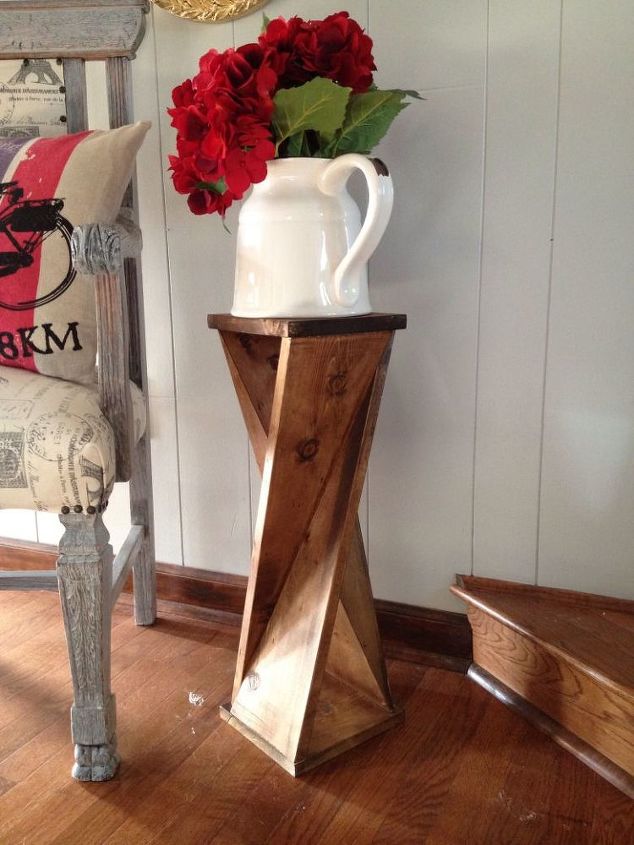
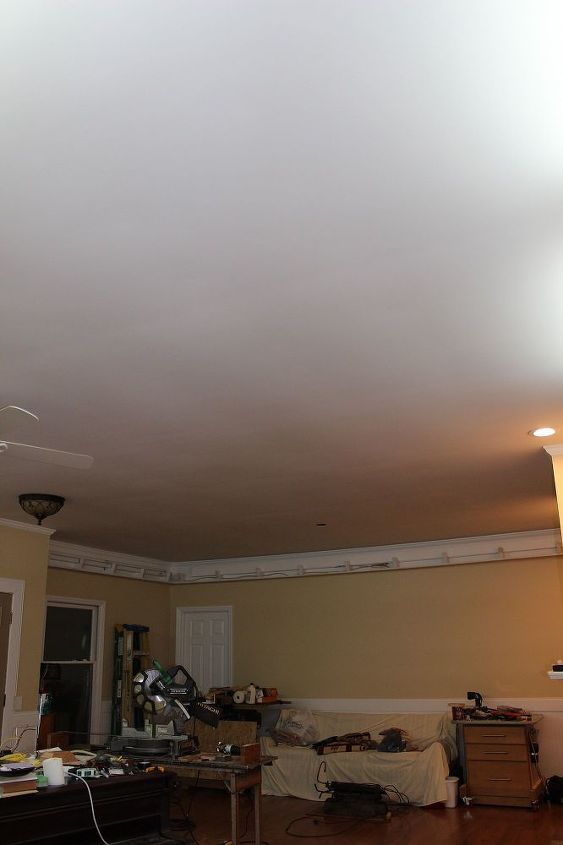

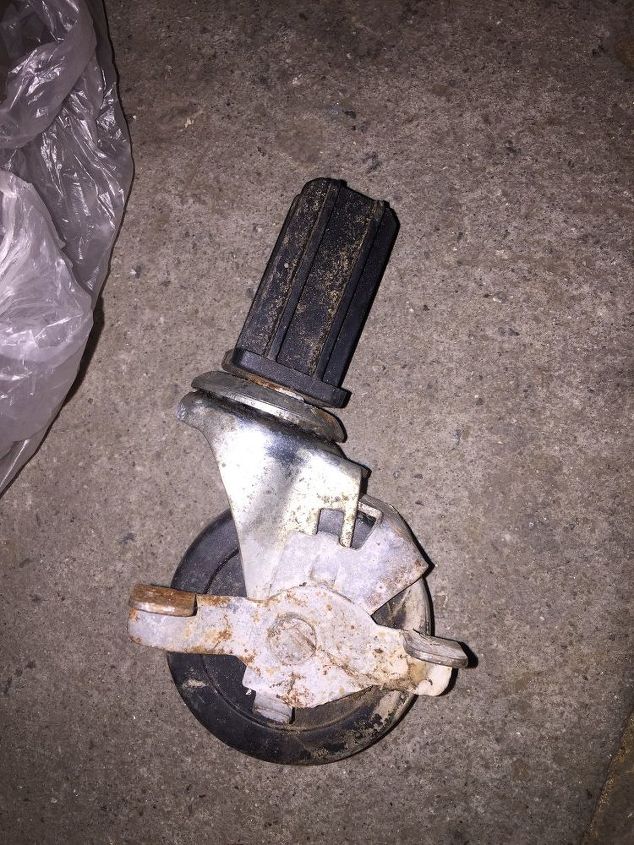
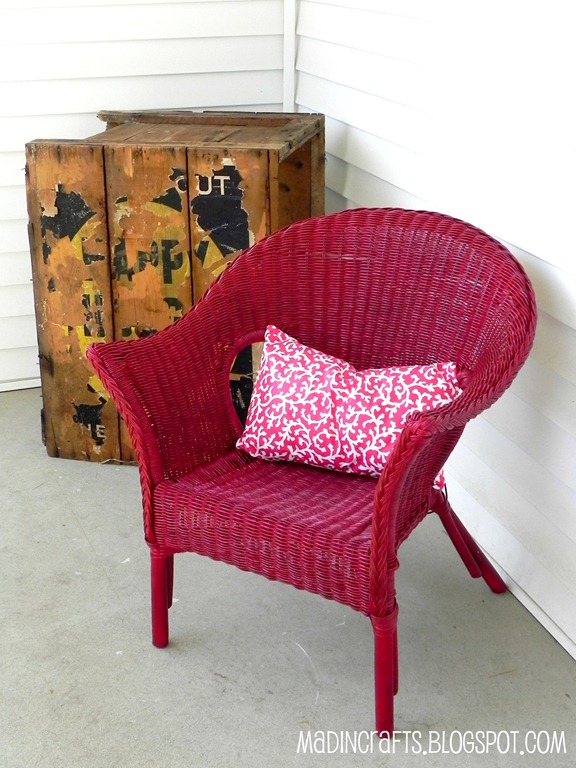
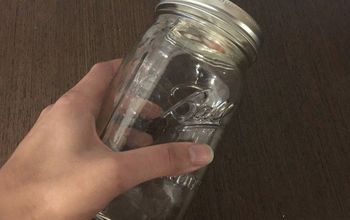
Maybe laminated fabric, which you can buy from amazon or even Walmart, or a water proof table cloth will do. That kind of fabric you can just use clear packing tape to affix your seams. And it takes the abuse of my 100 lb dog jumping up on the ottoman, I covered with it and the tape does not come loose. I just retape, on the cushions I covered in it, if and when I put them in the washing machine, as usually just a good wipe down does the trick. Laminated fabric is soft and pliable and much easier to work with than vinyl and cheaper too. Since I have cats and dogs and muddy paws, I love this stuff.
I'd buy a vinyl mattress cover
I would find the fabric you want and use simple sheet keepers available at Wal-Mart for 4 bucks a set
I have to use some 100% water proof crib pads for one of our dogs, she is old & arthritic, I cut the skirting off the crib pad, it has plastic/vinyl on the back, you can get them at Wal-Mart for $9.88 per pad.
Hope this helps.
Kathy
Using cotton quilted fabric or whatever you have you've been using, get a good quality shower curtain as they take repeated heat akin to repeated washing & drying & hold up longer, cut the vinyl the same size as the mattress pad you're wishing to waterproof again. Next, cut a second piece of good quality cotton fabric, white, solid, print or design if you wish, the same size. PRESHRINK (wash & dry in high heat) this cotton liner piece so all 3 layers of the pad will lay flat & straight thru repeated laundering.
Pay attention to making your cut pieces straight following the straight threads (straight of grain) if the fabrics so there won't be any twisting or mis-shaping of the pad. After "pre-shrinking" the lining piece, iron it back out flat & straight. This is important although it may seem unnecessary & over-kill, repeated uses will prove it not to be.
Next, using Safety Pins, pin all 3 pad layers together around the outside edges "only", about every 3 or 4 inches apart. This will prevent separation while sewing pad together and avoid pin holes in the vinyl layer. Once it's all pinned together & laying nice & flat, you can use extra-wide double fold bias tape to bind or sew the edges together, or, if you prefer, Serge the edges or even zig-zag stitch them together. If using zig-zag, would be a good idea to make a double row of stitching. This will anchor all the layers together securely.
Tip, necessary but sort of funny when I once had a student who tried to sew over safety pins with the bias tape. So, remove them as you sew the edges together.
Hope this helps you to be able to remake your pads for another long life of reuse.
Vinyl is correct. There are different grades & thicknesses. Most zippered mattress covers are waterproof "until" there is a rip, tear, or even a pin hole, then leakage may occur & you can have the issues with urine getting into the mattress. Both cheap & average vinyl zippered or even the elasticized slip-on mattress covers akin to a fitted sheet are not very thick nor substantial & do not hold up very well.
I know exactly what you are asking for in a waterproof mattress cover. I'm sorry I didn't quite understand that you were not wanting just a waterproof pad but rather a full mattress cover, so I will do my best to help you with that.
Still, I suggest that you use the "heavy weight" thick shower curtains as they hold up better under heat & movement on them. You don't necessarily need a full vinyl zippered mattress cover but those can be bought in heavy weight vinyl though usually pricey. To key to protecting your mattress is to avoid rips, tears, or holes in the vinyl. You didn't say what size mattress but the principle applies with most any size. What I'm going to do here is give you an option for your mattress that is a little different from the waterproof pads that are very absorbent you can make to use as well.
Using 2 of the heavy vinyl shower curtains (they are wider than most yardage vinyl), spread them out over the top to the mattress. Let the vinyl drape over the edges of the mattress evenly all the way around it. Note & mark with a marker where the 2 vinyl pieces overlap. Rotate them around until mattress is completely covered by the vinyl. Using thread reinforced double sided carpet tape, run a strip of the tape underneath the TOP vinyl piece edge about 2 inches from actual edge of vinyl & press firmly in place.
Now, slightly fold the top vinyl back over on itself to expose the edge of the bottom piece of vinyl where you applied the tape. Remove the protective paper from the tape & carefully lay the top vinyl back over the bottom vinyl. TAKE YOUR TIME as you won't be able to easily pull this back apart if it isn't flat or straight. Press out air bubbles to seal the 2 pieces of vinyl together.
Completely turn the now large vinyl sheet over & repeat the taping process for more secure seaming of the 2 vinyl pieces together.
Now, with the large vinyl sheet, you can use it 2 ways to protect the mattress.
1. Tuck any extra vinyl over-hang around the edges of the mattress under it as you would a flat sheet. OR
2. Form the vinyl sheet into the equal of a fitted sheet. Doing as I have instructed keeps the vinyl waterproof without rips, tears, or even pin holes. If there is more than 5 to 6 inches of vinyl hanging below the bottom of the mattress, trim the vinyl all the way around to no more than that.
To make a "fitted" vinyl sheet, measure the depth of the corners (x4) on the edge of the mattress from top of it to the bottom of it & write that measurement down. This is how deep the mattress corner is.
Next, cut a square out of the corner of the vinyl allowing about 1/2 inch for the corner seam allowance, the inside cut edges of that corner square you are cutting out. When making a seam allowance, "always" decrease the amount of measurement to give that seam allowance rather than adding it to your measurement so you won't make the item too small.
You can tape the edges of that seam together with duck tape or sew it, your choice. To make the vinyl sheet "fitted", using 3/8 to 1/2 inch wide soft stretch elastic, sew with a zip zag stitch the elastic to the edge of the vinyl stretching the elastic somewhat as you sew it so that it will tuck under & cling to the bottom side of the mattress making it "fit or enclose" the mattress.
Elastic edges will not weaken the vinyl in the areas where the waterproof protection is needed.
Having made the waterproof mattress cover this way, you can now use most any absorbent mattress pad " over" or on top of the vinyl you wish & need only to change & launder the pads daily or as needed rather than needing to constantly wash the vinyl mattress cover. Simply spray a sanitizing or cleaning spray on the vinyl mattress cover & wipe dry.
I hope these are the directions you were asking for. Less laundering of the actual vinyl mattress cover will make it last much longer.
If you feel inundated or unsure of measuring & making the vinyl into a fitted sheet form, you can actually buy a paper pattern for a fitted sheet from pattern books at fabric centers, even Walmart as well I believe. Most common of those are, or at least used to be, Simplicity, McCalls, & Butterick. I'm on stand-by if you have questions.
Hot glue doesn't usually last very long on vinyl, especially when the vinyl is as flexible & pliable as this will be. The hot glue will peel off. Think warmth & heat from the machines & what melts the hot glue sticks into a liquid state to be able to use it on things.
Super glue would be a better choice than hot glue, but..., Be careful & aware that not all vinyls or plastics are compatible with super glue & some will actually dissolve or melt. Super glue is quite liquid & also more difficult to control where it will run & spread to creating messy situations. I have seen whole projects lost in this manner. A good strong tape as I suggested is still the better choice from years of experience working with fabrics of every choice available, both old & new.
IF you are concerned about cutting & removing the excess corner vinyl to make the fitted corner, I can tell you how to fold & tape it correctly. It's an additional couple steps & I didn't want to confuse you with additional steps but I can guide you through it so you can do it. I know others are following this conversation, so maybe some of them would also benefit from the instructions without any sewing at all as well.
If your mattress fitted sheet fits "snugly" on your mattress, (new designed deep pockets angular cut to make corners are in realty just a different seam construction for sales purposes & in reality, are very little better fitting if any nothan the "old" style fitted sheets everyone used for years & years & whereas, it's the diagonal (bias cut) fabric in sheet corners that gives the stretch & claims for better fit for extra tall mattresses. Corners are actually no deeper than old traditionals & I can show just how this is true. Measure the depth of the actual verticle up & down corner seam or seam spot on both style sheets. Compare those inches. You will find very little if any real differences in those figures & will see the actual deception used in those corner fitted pockets.
You can use the vinyl mattress cover you have created without much if any additional anchoring of it to the actual mattress with a good snugly fitted sheet. A lot of slide & movement on the cover of a
mattress can tend to stress & weaken the vinyl, not to mention causing frustration of slippage & your mattress & bed getting wetness where you don't want it.
Question for you? Do you know how to make a bed using a flat sheet to fold & tuck it under the mattress like hotel & motel maids do them so they fit tight & snugly, HUG corners, & pretty much stay put until taken off? If you do, then folding & taping the corners of the new vinyl cover will work ok. I'm just trying to help you anchor the vinyl over the mattress for the long term durable use I think you are asking for.
To fold the vinyl cover corners --- lay the vinyl sides flat against the sides of the mattress wrapping smoothly from the end of the mattress toward the outside edge of the mattress. Using some extra hands here or temporary clear packing tape to help hold will help you given the vinyl will be slippery next to the mattress. Tape that snug wrap. This temporary tape will be removed when you securely tape the vinyl corners.
Next, notice the folded vinyl triangle that will now be tucked up under the side edge of the vinyl cover. Adjust this folding & tucking so that when you lay or pull the outside edge of the vinyl cover over the mattress & fit it to the corner on the mattress side & ends, there is a straight flat verticle fold on the corner going up & down. Remove temporary tape & now "Securely" tape this folded vinyl corner with duck tape or maybe the new Flex Tape. You want this seam taped securely so that it doesn't come loose, when taped properly. Repeat this at each of the other 3 corners.
You can remove the vinyl cover if you wish, reverse sides & then tape the triangular folded corners from underneath. There shouldn't be much if any excess vinyl to be cut away. Tuck vinyl cover under mattress edge, put your absorbent mattress pad over the vinyl cover you've created, then a good snugly fitted sheet tucking edges of it as you normally would. Finish adding top sheet & quilt, comforter, spread etc as you choose.
Now you have 3 different ways to create the vinyl mattress cover both with some sewing to no sewing at all. Either application will work. You didn't ask for a method or technique without any sewing, so I thought you were likely looking for a method where minimal sewing would be involved making a much smaller daily launderable waterproof absorbent pad. The techniques I have given gives you the options of making & using both. The new vinyl mattress cover will not need to be washed daily unless you just simply wish to do so & your mattress is protected. Only absorbent pads & sheets if they are wet overnight, but that's up to you.
If there is a local mattress manufacturer or sales outlet, you might ask them for a shipping vinyl cover but also know, there isn't usually any care given to prevent tears in it when they remove it from the mattress, so if you decide to persue this source, be sure to inspect it well & securely tape to seal any tears or holes in it to waterproof & protect your mattress. It will not likely fit real well & expect some crinkly plastic sounds under the pads & sheets when there is movement in the bed, if sounds tends to disturb sleep.
Ask any questions you wish. The only dumb or stupid ones are those not asked. I'm here to help you.